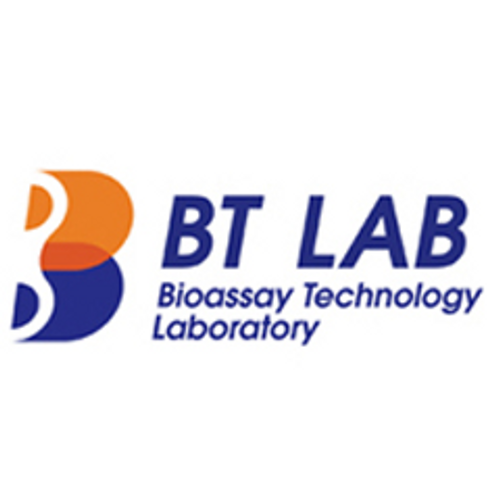Product Description
Rat Prostacycline (PGI2) ELISA Kit | AE27791RA | Abebio
Species Reactivity: Rat (Rattus norvegicus)
Abbreviation: PGI2
Alternative Name: N/A
Application: ELISA
Range: 0.25-50 ng/mL
Sensitivity: 0.125 ng/mL
Intra-Assay: ≤6.0%
Inter-Assay: ≤8.5%
Recovery: 0, 98
Sample Type: Serum, Plasma, Other biological fluids
Detection Method: Sandwich
Analysis Method : Quantitive
Test Principale: This assay employs a two-site sandwich ELISA to quantitate PGI2 in samples. An antibody specific for PGI2 has been pre-coated onto a microplate. Standards and samples are pipetted into the wells and anyPGI2 present is bound by the immobilized antibody. After removing any unbound substances, a biotin-conjugated antibody specific for PGI2 is added to the wells. After washing, Streptavidin conjugated Horseradish Peroxidase (HRP) is added to the wells. Following a wash to remove any unbound avidin-enzyme reagent, a substrate solution is added to the wells and color develops in proportion to the amount of PGI2 bound in the initial step. The color development is stopped and the intensity of the color is measured.
Product Overview: Prostacyclin is produced in endothelial cells from prostaglandin H2 (PGH2) by the action of the enzyme prostacyclin synthase. Although prostacyclin is considered an independent mediator, it is called PGI2 in eicosanoid nomenclature, and is a member of the prostanoids.The series-3 prostaglandin PGH3 also follows the prostacyclin synthase pathway, yielding another prostacyclin, PGI3. The unqualified term 'prostacyclin' usually refers to PGI2. PGI2 is derived from the ω-6 arachidonic acid. PGI3 is derived from the ω-3 EPA. Prostacyclin (PGI2) chiefly prevents formation of the platelet plug involved in primary hemostasis (a part of blood clot formation) . It does this by inhibiting platelet activation. It is also an effective vasodilator. Prostacyclin's interactions in contrast to thromboxane (TXA2), another eicosanoid, strongly suggest a mechanism of cardiovascular homeostasis between the two hormones in relation to vascular damage.
Stability: The stability of ELISA kit is determined by the loss rate of activity. The loss rate of this kit is less than 5% within the expiration date under appropriate storage condition. The loss rate was determined by accelerated thermal degradation test. Keep the kit at 37°C for 4 and 7 days, and compare O.D.values of the kit kept at 37°C with that of at recommended temperature. (referring from China Biological Products Standard, which was calculated by the Arrhenius equation. For ELISA kit, 4 days storage at 37°C can be considered as 6 months at 2 - 8°C, which means 7 days at 37°C equaling 12 months at 2 - 8°C) .
 Euro
Euro
 USD
USD
 British Pound
British Pound
 NULL
NULL








